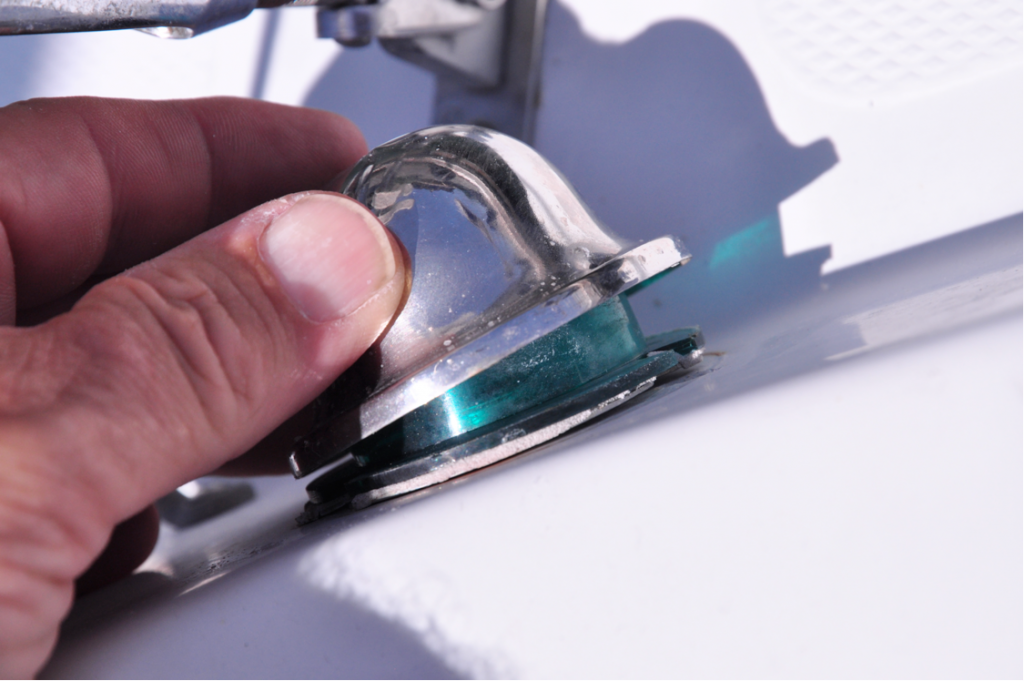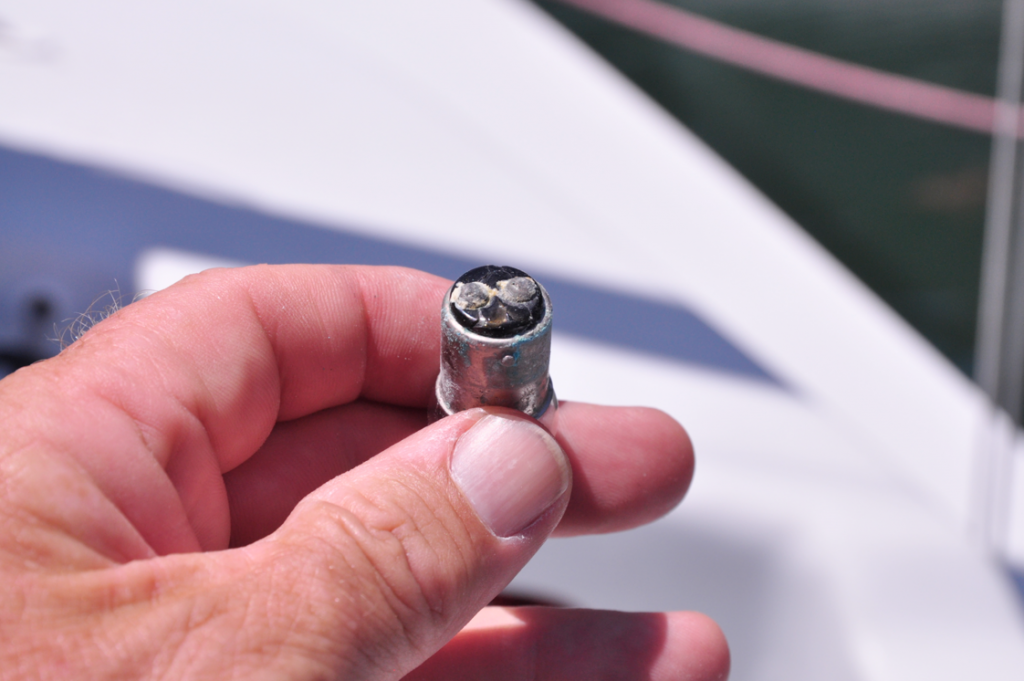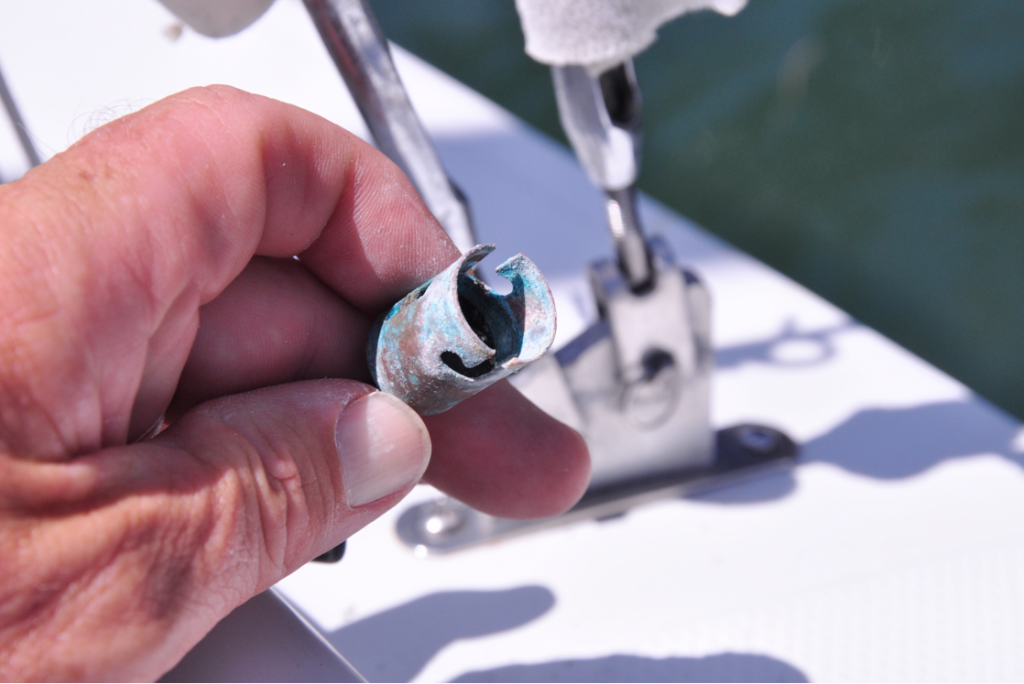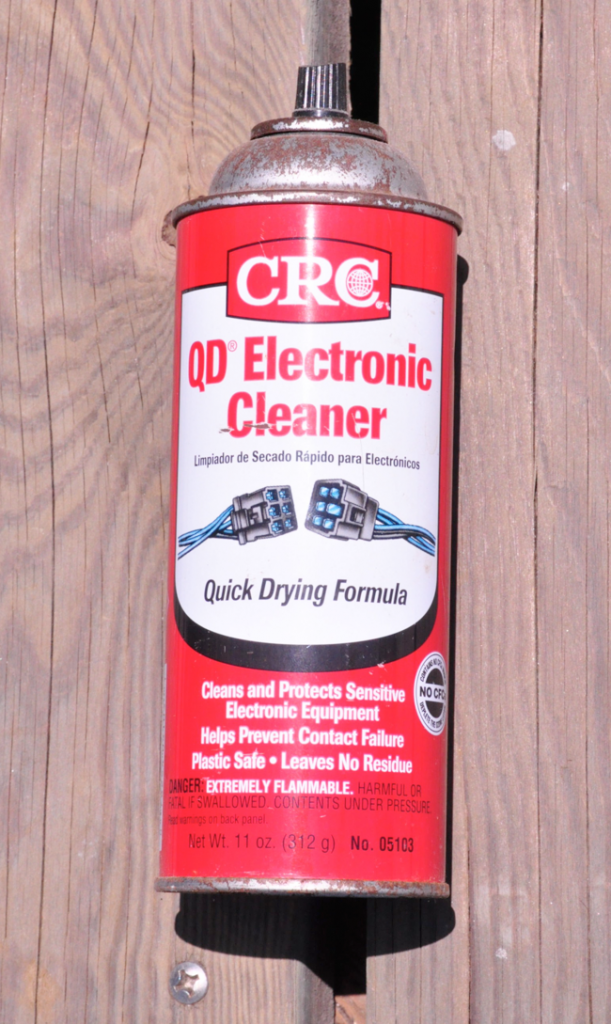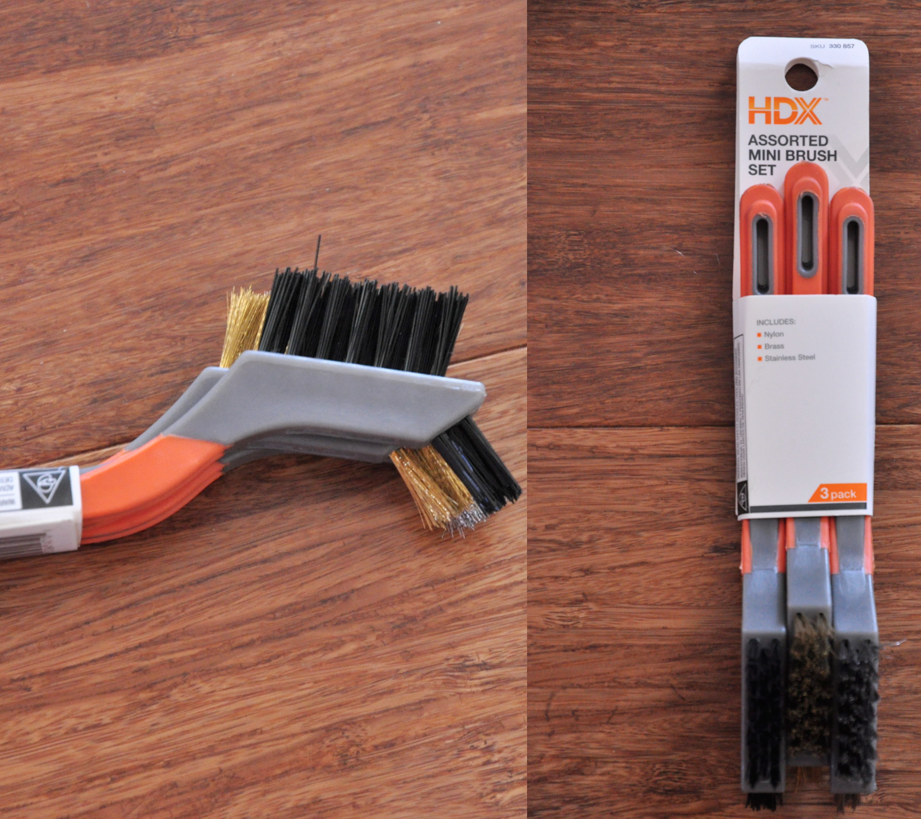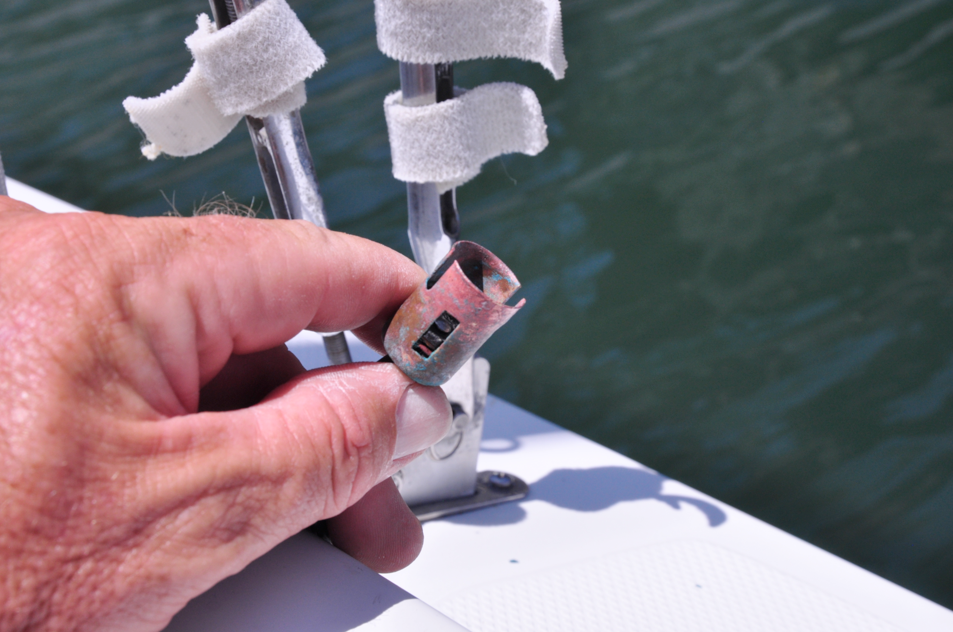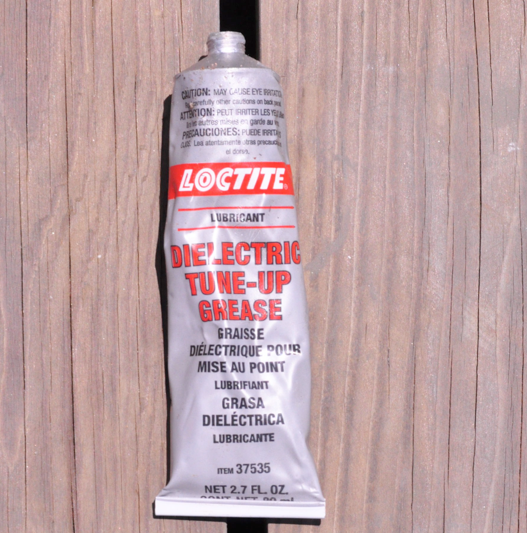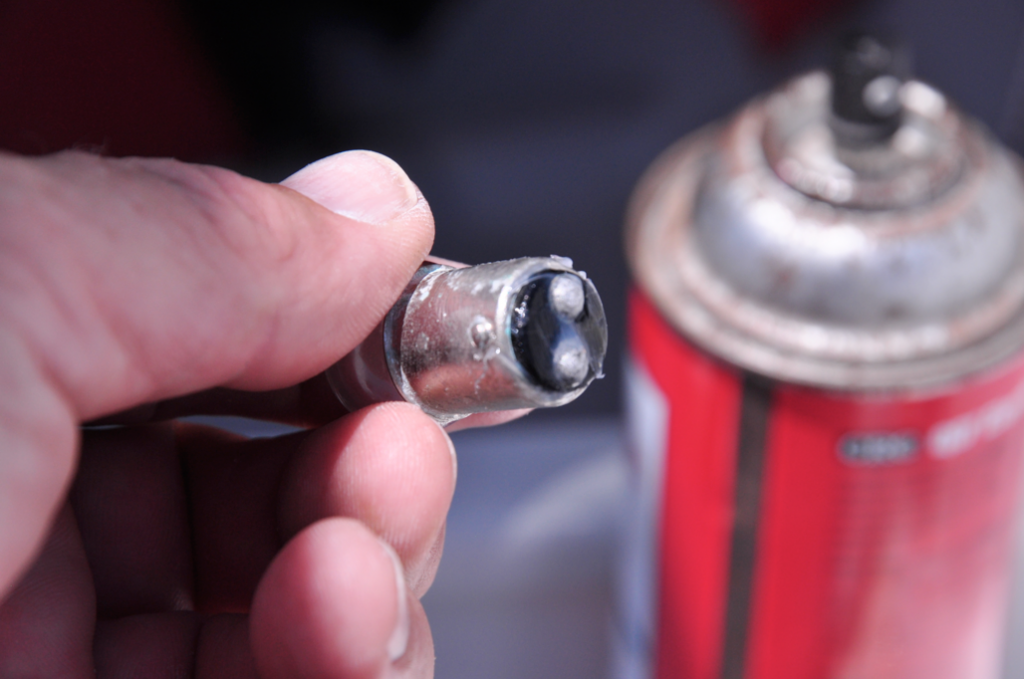Disclaimer!
This will and should be a work in progress. Given the shaky credentials of yours truly, it is a virtual certainty that this modest tip sheet will soon be found to be incomplete and, in some cases, just plain wrong. Nevertheless, someone had to do it, and it’s a start, although it will certainly benefit from the input of others. I do believe that the information in the following sections will be helpful to those just starting out on the learning curve, that the tune and trim settings are roughly correct, and that in consequence a boat set up in accordance with these guidelines will not be slow. Those who have used this guide in the past should note that new material has been added to the section on mainsail trim. Personal experience in a borrowed boat re-validates, for me at least, the importance of batten trim. One thing is for sure, though. As in all else, practice and patience produce results. Most of us are willing to take the time to learn a new sport or activity: to golf, ski, or speak a foreign language. We take lessons, often for several years, and we try to be diligent in our practice routines. But put us in a sailboat and there is too often the expectation of instant results. “It looks so easy.” “Anyone can do it.” “What is there to learn?” And of course, after awhile: “My boat’s slow.” It is no surprise that those who are doing well are those who maintain their boats and spend time on the water. It’s as simple as that.
Tuning the Rig
This is a very simple process, and it can be made more so with a basic understanding of the forces involved. The headstay keeps the mast from falling aft, and determines its rake. I have faith in Steve Schock’s notions as to how the sail plan should work, so at the start I used what I assumed to be the default setting – I have set the headstay length such that the turnbuckle is half-extended. In other words, there is an equal amount of thread showing above and below the barrel. I have not changed this setting in over four years; it seems to provide the right mix of weather helm (very moderate) and pointing ability. Because the mast is raked and the spreaders are swept aft, the upper shrouds provide the means of tensioning the headstay (a headstay that sags too much to leeward distorts the shape of the jib by making it too full and so compromises pointing ability). I use a Loos tension gauge (available at West Marine) to set my upper shroud tension to about 320 lbs., which seems to do the job. The lower shrouds, in addition to supporting the mast athwartships, counteract the tendency of the upper shrouds to push, through the spreaders, the midsection of the mast forward, causing it to bow. Because the design of our mainsails assumes a straight mast for light to moderate air, this bowing (if it is allowed to occur) removes draft from the main, and so makes it less powerful. Therefore I use the lower shrouds to counteract this bowing tendency, and set the tension so as to bring the mast back into column (straight). As this in effect makes the mast “taller” it also provides additional forestay tension. The necessary lower shroud tension will vary from boat to boat, and so must be set by eye. Tighten the upper shrouds first, and then begin to set the lowers, checking for bowing by sighting up the mast. And of course the mast should stand straight up in the boat, as measured from side to side. Some use a tape measure, but I find that I can determine a “straight up” condition by eyesight, looking from astern (on a dock) on a calm day.
If you are tuning a new boat, or have installed new standing rigging, be sure to recheck your setup a week or so after your initial adjustments – new wire rigging does stretch.
Mainsail Setup
Because a Harbor 20’s main is relatively large in comparison to its jib, proper main setup is particularly important. I believe in a relatively slack outhaul: about 11/2 hand widths between the foot of the sail and the boom when sailing closehauled in 7-10 knots of breeze. This provides a relatively constant camber (curve) from the boom to at least twothirds of the way up the sail, and in my experience this means power. Remember, a unit of “push” at the top of a sail produces the maximum amount of heeling force, whereas the same force applied down low creates a much smaller heeling moment. With regard to halyard tension, I set mine fairly slack, accepting small wrinkles along the luff as a reasonable price to pay for maximum power. When the breeze pipes up I will gradually increase the luff tension using the cunningham, but never to the point where I have distorted the sail, or stretched it to the point where the draft (curve) is pulled too far forward. As you sail close-hauled, look up at your main and pay attention to the curve of the seams in the sail. They should have a common profile, with the maximum chord (depth of curve) occurring at the same relative distance back from the mast. Think of your sails, main and jib both, as airplane wings, and try to make them consistent in their curvature from top to bottom. Recently I relearned the importance of setting and maintaining proper batten tension. Sailing a borrowed boat, I found myself in eighth place after the first days’ races. On this first day (light winds) I had no acceleration out of tacks, and could not make the boat point. So we were very slow upwind.
Now to batten tension. This may seem complicated, but it’s essentially a “set and forget” adjustment. And of course your friendly sail maker can give you a hand if what follows seems incomprehensible to you. Full battened mainsails rely on their battens to not only keep the leech from fluttering (as is the case with conventional mains), but also to shape the draft (curvature) of the sail.
Here’s how it works.
The battens are thinner and so more flexible at their forward ends. The batten pockets have a loop of elastic strapping sewn into their forward ends, and a Velcro loop at the leach. So when the battens are pressed into the elastic loop by pressure on the adjustable Velcro strap (you will find a “pusher” made from a short piece of batten material with a line loop in your sail bag), they tend to bend where they are thinnest – at the luff of the sail. The greater the tension on the batten, the greater the force the bending batten exerts on the forward part of the sail. The result is a moving of the point of maximum draft
forward towards the mast. In normal Newport weather the battens should have just enough tension on them to be firmly located in the batten pockets: the sail is cut to have a proper draft curve with minimal tension in normal wind conditions. In my case with the borrowed boat, I found that the battens were highly tensioned, and that as a result the draft was too far forward. I relaxed the tension, the draft moved back to where it should have been, and we were fast again, recovering to finish second in the regatta.
Jib Setup
This is the tricky part, because our jib boom sheeting system is counterintuitive. In fact the jib outhaul is really equivalent to a conventional jib sheet, and our jib sheet system is comparable to a barberhauler in that it adjusts the jib’s angle of attack, the lateral offset distance from the clew to the boat’s centerline. In my opinion the single most important adjustment on the boat is the height of the jib luff in the head foil. This is a much more effective means of adjusting the sheeting angle (remember, this means outhaul) than the several holes in the clew board. I have spent a lot of time setting mine “just right” and it
has had a very significant effect on my boat speed. You will certainly have noticed that our tall, skinny jibs are prone to luffing at the upper portion of the sail. This means slow. Think again about an airplane’s wing, which has a constant profile over its entire span. Our jibs should look the same. The angle of the outhaul relative to the jib clew must be such that sufficient force is exerted on the jib
leach to prevent upper section luffing. The best way to set this angle is to adjust the jib luff up or down in the foil, by trail and error, until your jib is full from top to bottom. If you do this while the outhaul shackle is in a middle hole in the clewboard you will then have a range of lead angle available to you for quick, on-the-water adjustment in response to changes in wind velocity. Another way to check the outhaul lead angle is to sight up the outhaul from the end of the jib boom. This sightline should intersect the jib luff about three quarters of the way up the foil. With regard to jib halyard and outhaul tension, as with the main I set them fairly slack. But at the luff, because I am so concerned with luff height, I use a combination of halyard and downhaul tension to ensure that while I am adjusting luff tension I am not inadvertently moving the sail either up or down in the foil.
I know that all of this sounds complicated, and to some degree it is. But once you have your luff height set you will seldom have to change it. And the benefits of a properly positioned jib are remarkable.
In all cases you may wish to use a waterproof felt pen to mark the various lines to remind you of their proper setpoints. While line does stretch, these marks will serve you as starting points for fine-tuning in response to specific circumstances and conditions.
Finally, watch the fast boats. Make your sails look like theirs. Have someone else sail your boat so that you can look at your sails from a variety of angles and viewpoints. Take pictures of your sails and look for distortion, and lead angles that are out of trim.
Backstay
I use little or no backstay tension in light to moderate conditions, applying just enough tension to prevent sagging (which interferes with the leach of the main when tacking and jibing). In heavier air I do try to pre-bend the mast a bit, which flattens the sail, although proper mainsheet trimming (see below) also has a flattening effect.
Traveler
I keep the traveler centered in light and moderate breezes. As the wind velocity increases I let the traveler off so that, in 12-14 kts. it is down about 12 inches. This does several things. Firstly, it allows for more sheet tension without hooking the top batten and leach to weather of the centerline of the boat, which stalls the sail. Secondly, it depowers the sail a bit, allowing a full jib and a slightly luffing main. And thirdly, by allowing for more sheet tension, it makes it possible to flatten the main by bending the mast with the mainsheet. See the following section “Mainsail Sheeting” for an explanation of why this
is a good thing.
Mainsail Sheeting
I very rarely cleat my mainsheet, upwind or down. I constantly trim the sheet, responding to puffs, changes in wind direction, and changes in heading. This should be done in sync with small movements of the tiller such that the boat’s course is in effect a series of very gentle scallops, taking advantage of each small puff and directional change. When sailing upwind in heavier air, when the boat must be feathered with incipient luffing to avoid excessive heeling, the same techniques apply. In heavier air, as is mentioned in the “Traveler” section, the mainsheet should be tightened and eased to respond to puffs and lulls. You will find that you will be trimming hard enough to bend the mast and so flatten the sail, which will allow you to point higher and avoid excessive heeling. The mainsail is the engine and the mainsheet is the throttle.
Jib Sheeting
When sailing upwind in anything but the lightest air I “set and forget”, easing the jib slightly when tacking (when I have a crew onboard) and then re-trimming to its set point. In normal conditions, I try to trim the jib sheet so that the leeward sheet is roughly parallel to the mast. This seems to provide an efficient slot between the jib and main (power).
